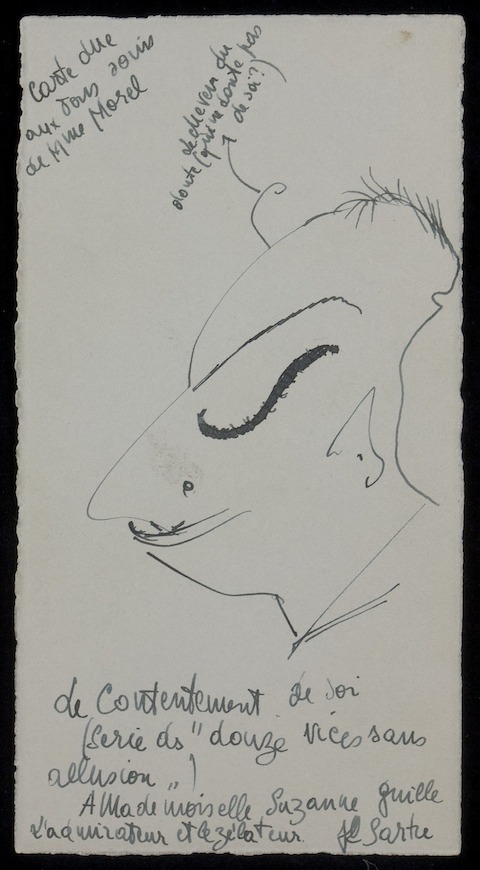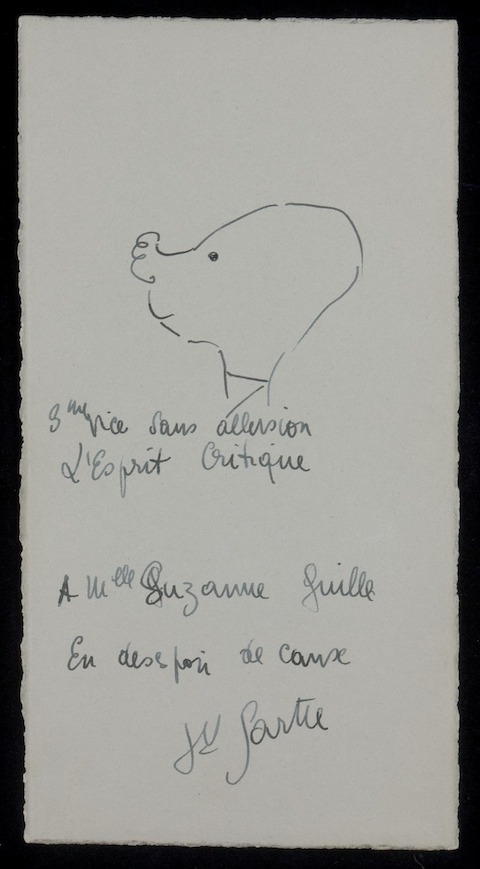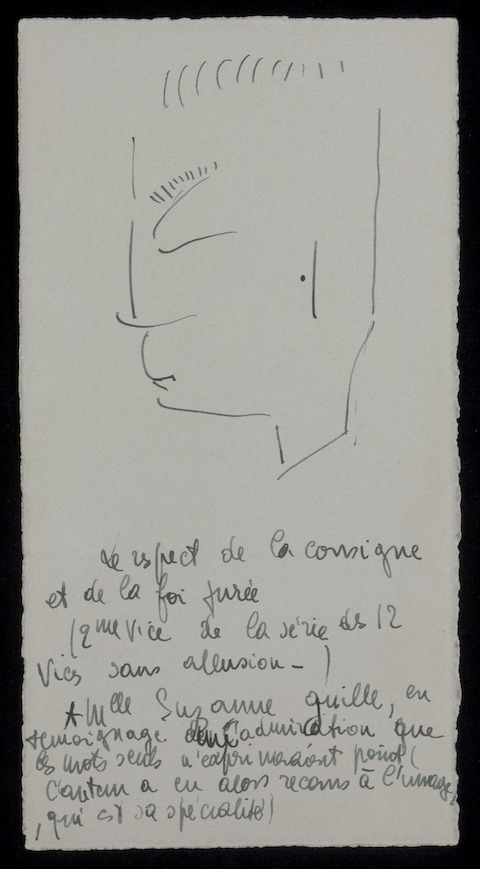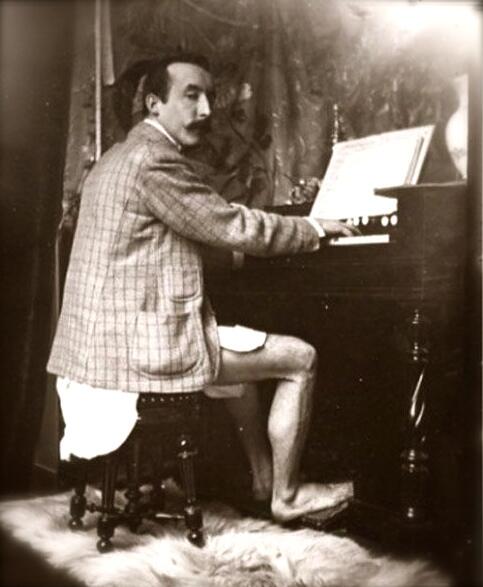A few months ago, we featured the increasingly abstract portraits drawn by an artist after periodic doses of LSD. It happened in the late 1950s, a time when you might well imagine such an activity going down in, say, a bohemian quarter of New York, but also a time when hallucinogenic drugs rode a wave of popularity among legitimate scientists. Those ostensibly straight-laced researchers (sometimes funded by CIA money) had a fascination not with the taking of hallucinogenic drugs — not necessarily, anyway — but with what, exactly, these hallucinogenic drugs did to those who do take them. Particularly artists drawing portraits. Those portraits drawn on LSD came out under the close watch of University of California, Irvine psychiatrist Oscar Janiger. Above, you can watch the fruit of another, much more verbal 1950s experiment conducted just down the coast by the University of Southern California’s Nicholas A. Bercel, M.D.: “Schizophrenic Model Psychosis Induced by LSD 25.”
Here we also have an artist examined: this time, a Los Angeles painter named Bill. As Bill floats through his altered state, Bercel asks him to describe, in as rigorous detail as possible, his perceptions of objects in the room, of items of food and drink brought in, and of their interactions themselves. This 24-minute film of the four-hour process, punctuated by electroencephalographic scans, comes as a production of Sandoz, the Swiss pharmaceutical company who originally isolated LSD and who apparently had an interest in bringing a form of it to market. (One proposed pharmacological designation: “Phantastium.”) Though that didn’t happen, the Hungarian-born Bercel went on throughout his long career to conduct more research of the kind that ultimately earned him a legacy as a pioneer in neurophysiology. He also, when not in the lab, wrote over a dozen novels and film treatments. Clearly he had an impressive creative streak, whether or not he ever personally had his doors of perception opened by the substances his subjects like Bill so enjoyed.
Related Content:
Artist Draws Nine Portraits on LSD During 1950s Research Experiment
Ken Kesey’s First LSD Trip Animated
Beyond Timothy Leary: 2002 Film Revisits History of LSD
Aldous Huxley’s Most Beautiful, LSD-Assisted Death: A Letter from His Widow
Watch The Bicycle Trip: An Animation of The World’s First LSD Trip in 1943
Colin Marshall hosts and produces Notebook on Cities and Culture and writes essays on cities, language, Asia, and men’s style. He’s at work on a book about Los Angeles, A Los Angeles Primer. Follow him on Twitter at @colinmarshall or on Facebook.





